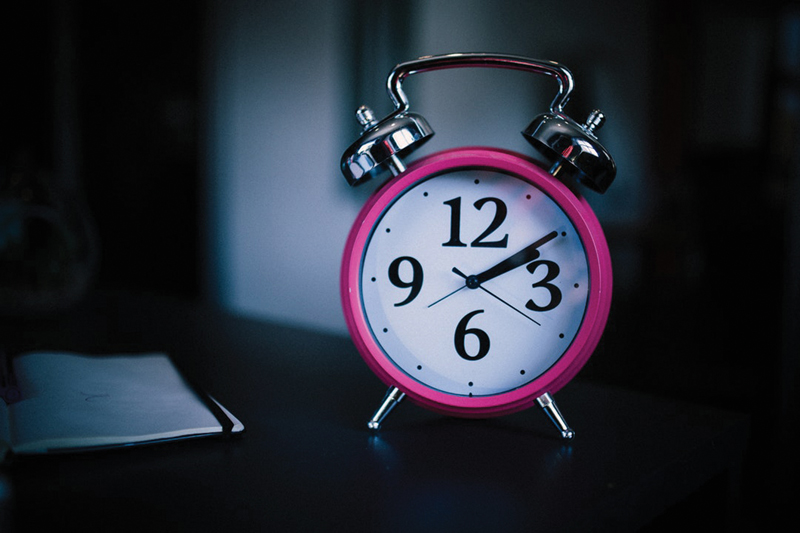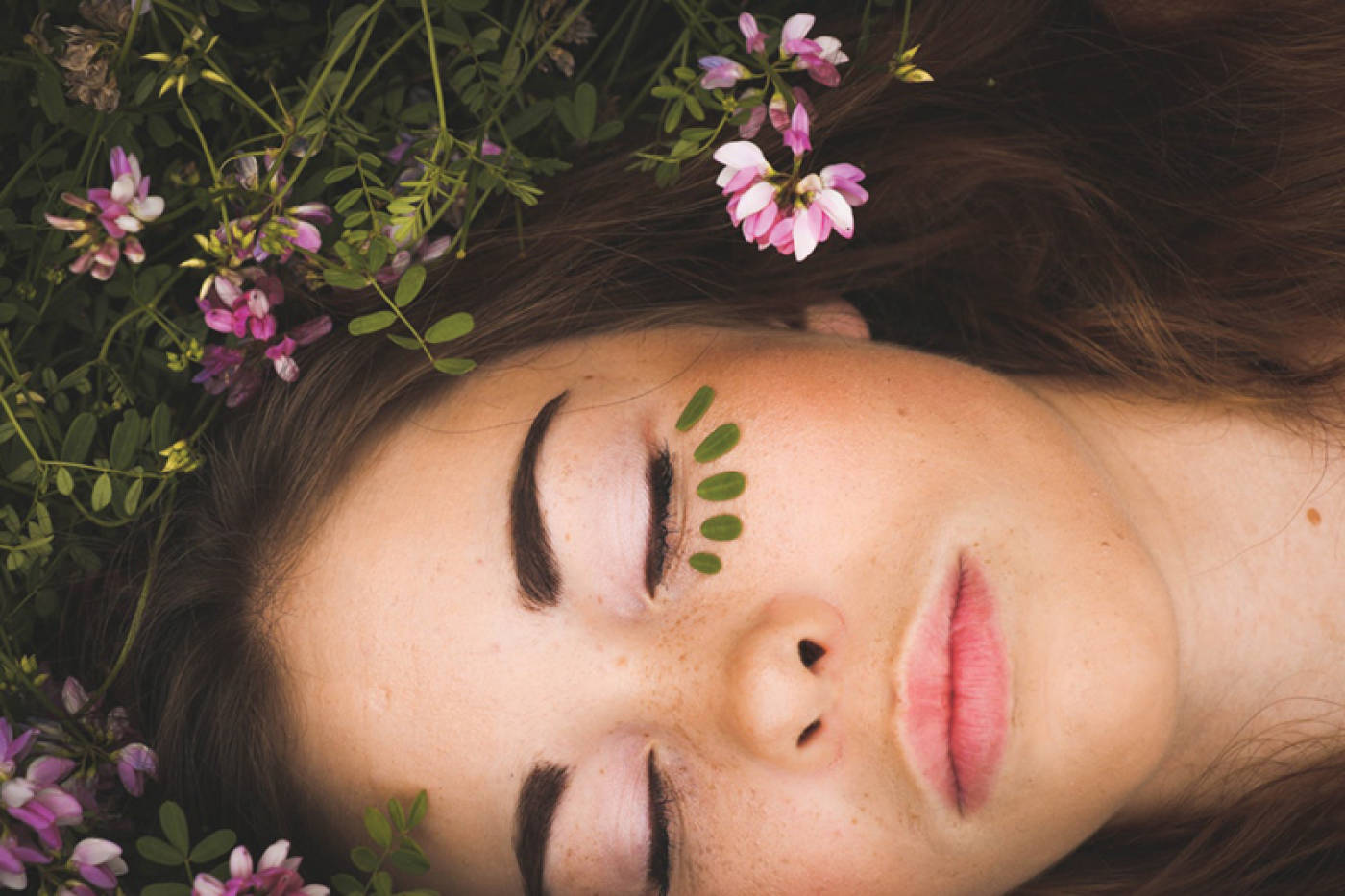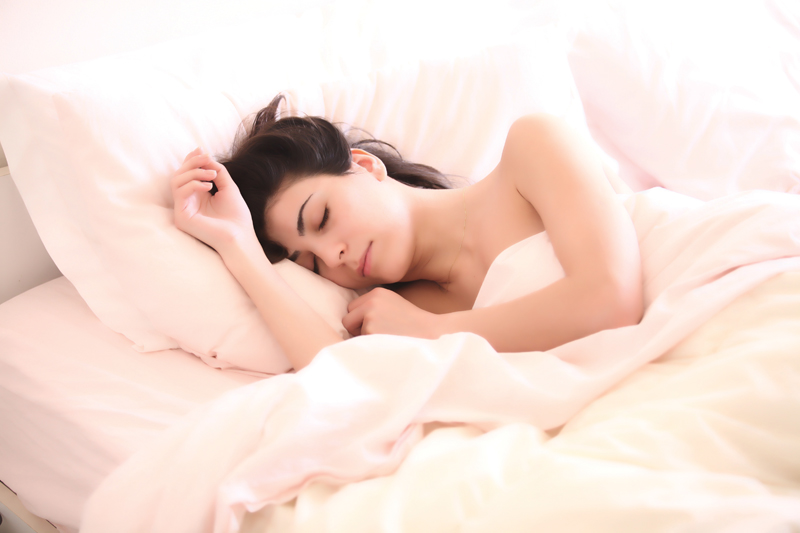
The science of beauty sleep
For centuries, people have dubbed sleep the true elixir of beauty. It is said to make our skin radiant, youthful and flawless. Sounds too good to be true, right? Thankfully, the advancement of scientific research has helped us to unravel the secrets of beauty sleep and how we can use it to our advantage.
We have all, at some point in our lives, woken up from a poor night’s sleep to find our eyes framed by puffy, dark circles. Each time we do, we frantically try every cream and beauty hack (cold spoons, cucumbers,etc) that we have ever read about online and in magazines to make them disappear.
While many of these tricks may work to reduce the appearance of dark circles, the best remedy is to catch up on some well needed Z’s. If fact, you may be glad to hear that this same advice applies to a number of different skin conditions and concerns, including dryness, wrinkles and fine lines.
But why does sleep play such an important role? When we do not get our full eight hours at night, the human body will produce more of your stress hormone, cortisol. This can lead to inflammation, which is a trigger of a number of problematic skin conditions including acne, eczema and psoriasis as well as thinning skin, stretchmarks and discolouration.
In comparison, when we do get a good night’s sleep, our body increases the amount of melatonin (the sleep hormone) released, which prevents age spots, wrinkles and even skin cancer.

However, to truly understand the workings of beauty sleep we must look at how each stage in the sleep cycle benefits our skin. Just before we drift off to the land of nod, our circulatory system increases blood flow to the skin, allowing it to begin repairing the environmental damage sustained during the day. While all stages are important for the health of our skin, most of the repair work occurs during a small window in your sleep cycle.
There are 4 stages to the sleep cycle. Stage 1 (occurs during the first 0 to 10 minutes after you first close your eyes. In Stage 2, often referred to as Light Sleep, the body prepares for deep sleep by slowing the heart rate, decreasing it’s temperature, lowering the blood pressure and slowing metabolic functions. In Stage 3, a surge of a growth hormone is released into the body, encouraging our organs (including the skin) to go into repair mode and rejuvenate collagen-producing cells – the cells responsible for the elasticity and tightness of the skin. This is where the term beauty sleep first comes into play.

In the fourth and final Stage, called REM (rapid eye movement), the majority of the body’s epidermal skin cell turnover occurs. This is when new cells are pushed to the surface and the old cells are shed. In fact, we shed around 50 million skin cells every day. Our skin is directly affected by our exposure to environmental factors such as the weather, pollution and UV rays. This typically occurs around 35 – 45 minutes after initially falling asleep.
So, if you love cosying up in bed on long winter nights, we can think of no better excuse. Sleep tight.
